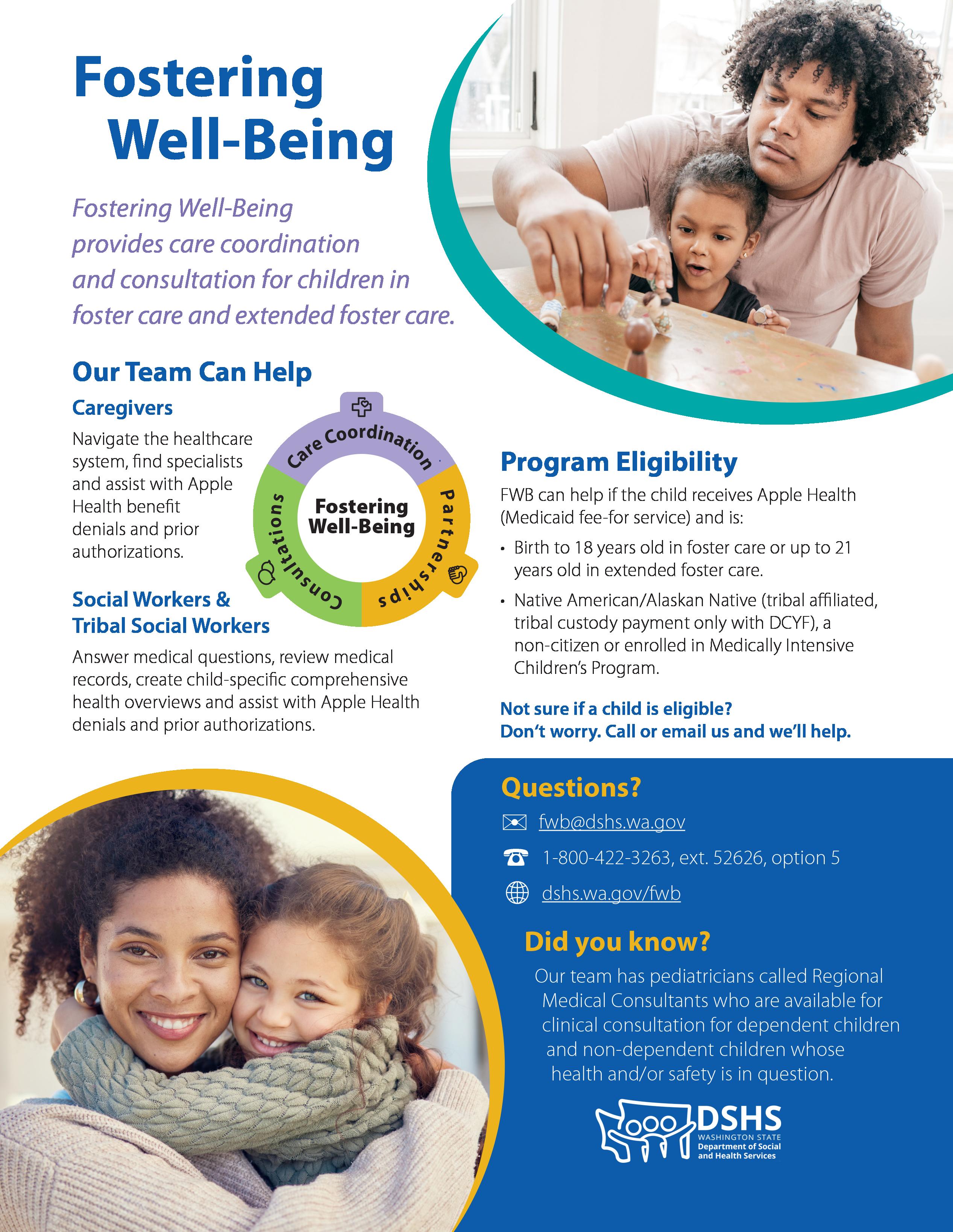SUMMER 2025



SUMMER 2025


Cathy Kinnaman Home and Community Services Director
Summer is here, and with it, a moment to take a breath—even if the work hasn’t slowed down.

We’re in a period of significant transition across HCS. Budget reductions and staff layoffs are deeply painful realities, and they affect more than just the people leaving. Many of you remain in your roles, but with heavier workloads, shifting expectations, and fewer colleagues to lean on. That’s a different kind of grief and stress, and it’s okay to name it.
This is a time to be honest with yourself. What do you need to get through this? Maybe it’s taking a real lunch break. Maybe it’s turning off email after hours. Maybe it’s talking to a friend, or using one of the many free selfcare tools available online (Amy Lenneker offers a free “Un-mess Your Stress” starter kit on her website). Maybe it’s just reminding yourself that you’re doing the best you can.
Through all of this, I’ve been inspired by the compassion, professionalism, and resilience you continue to show—toward each other and the people we serve. You’ve supported one another through uncertainty, adapted to change, and kept showing up. I see you. I’m grateful for you.
Together, we’ll keep moving forward. Let’s remember to lead with empathy—and to extend some of that empathy to ourselves, too.
We’re proud to announce that the Washington State Kinship Program has received a “Supported” rating from the Title IV-E Prevention Services Clearinghouse This recognition benefits the kinship families lives in helping children remain safely with relatives and other kin—offering a vital alternative to foster care.
The Clearinghouse, overseen by the U.S. Department of Health and Human Services, rigorously evaluates programs based on the strength of evidence for improving child and family outcomes.
A “Supported” rating indicates at least one welldesigned study has shown the program’s positive impact, meeting key federal criteria for evidencebased prevention services.
This milestone not only highlights the value of kinship care in Washington state but also strengthens the case for continued investment in programs that keep families together and children safe.
Learn more about the evidence-based rating here
a.m. – Noon
Before WA Cares Fund benefits begin in July 2026, WA Cares will work to register a diverse range of qualified providers for each covered service. To ensure quality care, providers must meet minimum qualifications to participate. Once registered, beneficiaries can choose from these providers — empowering them to select the services that best meet their needs within their own communities. We will cover:
• How the WA Cares Fund works
• Types of providers, including family caregivers that will be able to register
• Minimum qualifications and requirements providers will have to meet
• How to register as a qualified provider Register here
All webinars will include an opportunity for audience Q&A. Live captioning and ASL interpretation will be available.
After registering, you will receive a confirmation email with information about joining the webinar.
Adams • Asotin • Benton • Chelan • Columbia • Douglas • Ferry • Franklin • Garfield • Grant • Kittitas • Klickitat • Lincoln • Okanogan • Pend Oreille • Spokane • Stevens • Walla Walla • Whitman • Yakima Sammy Bernardy Employment Specialist – Region 1
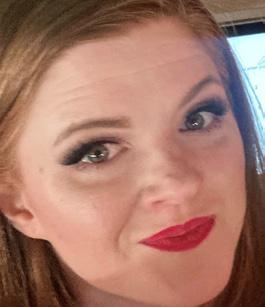
The PERC committee consists of “volunteers” from R1 HCS and APS. They meet monthly for 30-60 minutes and plan fun, purposeful activities and encourage staff engagement around the region. One thing is for sure; Region 1 staff love a good competition!
The most recent activity was a team competition named ‘Awkward Unit Photo Contest’. There were 13 teams that participated. One of our Region 1 HCS RSW units won second place!
Another highlight to share is this fun footage of our Social Services In-Training team and their leaf blower. Watch until the end!! StoryExport.mov
This was such a fun activity, and it came to us at the right time! Things are difficult right now with the budget impacts happening all around us, but our PERC team came through once again!!


Snohomish
– Region 2
Erin Klones Home and Community Services Administrator
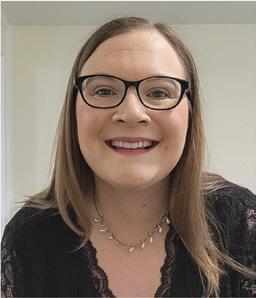
Highlighting the work accomplishments of our staff in Region 2 HCS is important but we also want to take opportunities to celebrate the talents and achievements of staff outside of work. Heather Stuart, CSS3 in our Renton office recently had the idea of highlighting the art created by Region 2 HCS staff. Heather wrote profiles of two staff in our Renton office, Merica Halstrom (SSS5) and Brenda Lee Cunningham (PBS5) and helped set up displays of their art in the office for everyone to enjoy. Many thanks to these three staff for sharing their talents and appreciation for art with all of us!
Merica Halstrom
What is your art background? I don’t have a degree or any formal training in art. About fifteen years ago I took a hiatus from social work and went back to school for interior design. After a lot of meandering around I realized while I am a creative and artistic person, I wanted to return to social work. This clarity brought me both to the field of long-term care and to a fuller embrace of my creativity. In 2024 I took a couple of experimental painting classes. This year I joined a local studio with the intent of diving deeper into my commitment to artistic exploration. I will be showing some of my paintings at Dubsea Coffee through March 25.
What is a fun story about you and art? If you had asked my teenage self if I would ever consider myself an artist in later life, I would have given an emphatic NO WAY. I had a discouraging high school art teacher who made it very clear that the only worthwhile talent was accurate drawing skills. After college when I moved into my first apartment by myself, I created a multi-dimensional mural in my bedroom wall because I was so moved by a book of abstract paintings. I started doing these sorts of things because I was simply listening to my inner self and giving myself the freedom to act on the impulses. I honestly did not realize until many years later that not everyone is wired this way. What inspires you? I am inspired by everything and anything inspires me. I would say that first and foremost, my experience with nature inspires me. But at the same time, if you were to look through the photos on my phone, you would find that hundreds of them are literal trash I found on the side of roads, squirreled away under brush, twisted in trees. The juxtaposition of nature and human-made items is intriguing to me. What is our relationship to nature? What do these
left behind items have to say in their seemingly random placement and movement? Why am I responding to them in the way that I am.
Tell us about the piece that you chose to be featured in the article and why? This piece is called Indoor Spring. It is 12X16 inches and oil on canvas board. It is unusual for me to paint something this small. I chose this painting because I was inspired by playing with my young son. Between Christmas and New Years, we spent time as a family on the Washington Coast. To pass the time during the long dark hours inside he doodled in my sketchbook. I loved the organic feel of his doodles and decided to add Crayola markers to the drawings. When I came home, I went into my studio to play. The painting started as a blind doodle with my left hand I then painted intuitively not even realizing the similar color pallet. I believe that it is good and healthy as an adult to play.

Brenda Lee Cunningham
You might know Brenda Lee for her beautiful singing voice, but did you know she is also an amazing and gifted painter as well. When she was young Brenda Lee, the 11th child of 13 of her brothers and sisters, would have fun competing in coloring contests. The older siblings would judge who they thought was the best at coloring and staying in the lines. When Brenda Lee was a junior in high school, she started taking art classes and was inspired by her teacher who told them about a movie called Willow and told them to paint a picture based on the teachers’ telling of the movie.
Brenda Lee’s inspiration for her art comes from her feelings and her mood. She can be inspired to create based on both happiness and sadness. Her artistic influences are Thomas Kincaid, Ansel Adams and Salvador Dali. To her art tells a story and that art is all around you in nature and in people. She finds art in fashion and in architecture and even unique and beautiful rocks. You can tell by the artists that she is inspired by and what she is inspired by, that she finds beauty in a variety of different people, places and things.
The beautiful piece featured in this article shows her love of mountains, a subject she uses in many of her paintings. The mountains featured in this piece show that we can be overwhelmed by things in our lives both big and small. Brenda Lee says that it’s not the size of the problem but how we react. The light in the upper corner represents that no matter how hard or difficult a problem is and how we are feeling focusing on the light can help to get us through.

Kara Sells
Home and Community Services Administrator – Region 3
Clallam • Clark • Cowlitz • Grays Harbor • Jefferson • Kitsap • Lewis • Mason • Pacific • Pierce • Skamania • Thurston • Wahkiakum
HCS in Region 3 was recently invited to attend the “Avenues of Opportunity” resource fair in Tacoma to provide outreach.
This event was all about bringing people together— local organizations, community partners, and individuals—all working toward the same goal to help people overcome obstacles and get the support they need. And the best part? It was completely free and open to everyone!
We were fortunate to have a booth (1 of 80! ), and before we knew it, an incredible team of volunteers had formed from our Tacoma HCS office. Our employees jumped right in, spending their time chatting with adults who were looking for services either for themselves or their loved ones. These conversations were truly special—each one an opportunity to connect, understand, and make a difference.
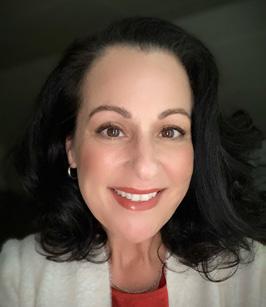

Moments like these remind us why we do what we do. Seeing firsthand the impact of simply listening and offering guidance was priceless. We’re beyond grateful for the chance to be part of something so meaningful and can’t wait to do it again!
Special thanks to our Tacoma HCS team!
• Linda Milton, Field Service Administrator
• Oksana Wilson, Social and Health Program Consultant
• Synthia Tyson, Public Benefit Specialist 4
• Jessica Lamm, Public Benefit Specialist 5
• Lyia Smith, Public Benefit Specialist 5
• Ay’sha Singleton, Administrative Assistant 3
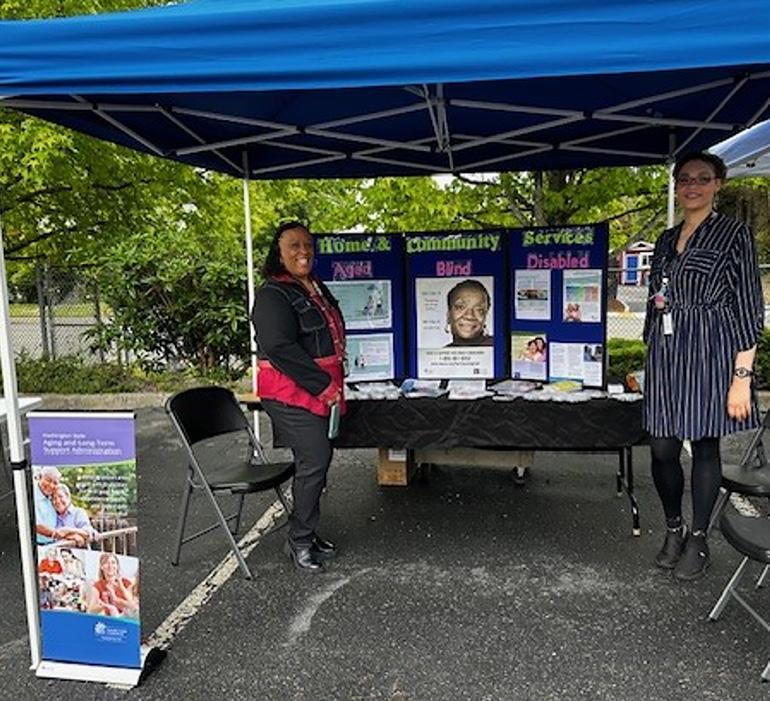
• Kacie Denard, Office Service Manager
• Chris Devay, Customer Service Specialist 2
• LaQuetta Guilford, Social Service Specialist 5
• Joyce Rosin, Public Benefit Specialist 4
• Karen Archer, Public Benefit Specialist 4
Some of the resources and services at the event:
• Affordable Housing Resources
• Addiction and Mental Health
• Immigration Help and Support
• Childcare Services
• Employment Services
• Reentry Services
• Utilities Assistance
• Vaccinations & Health Checks
• Veterans Services
• Free Phones
• Free Haircuts
• Free Food for the first 300 people
• Employers recruiting to fill jobs
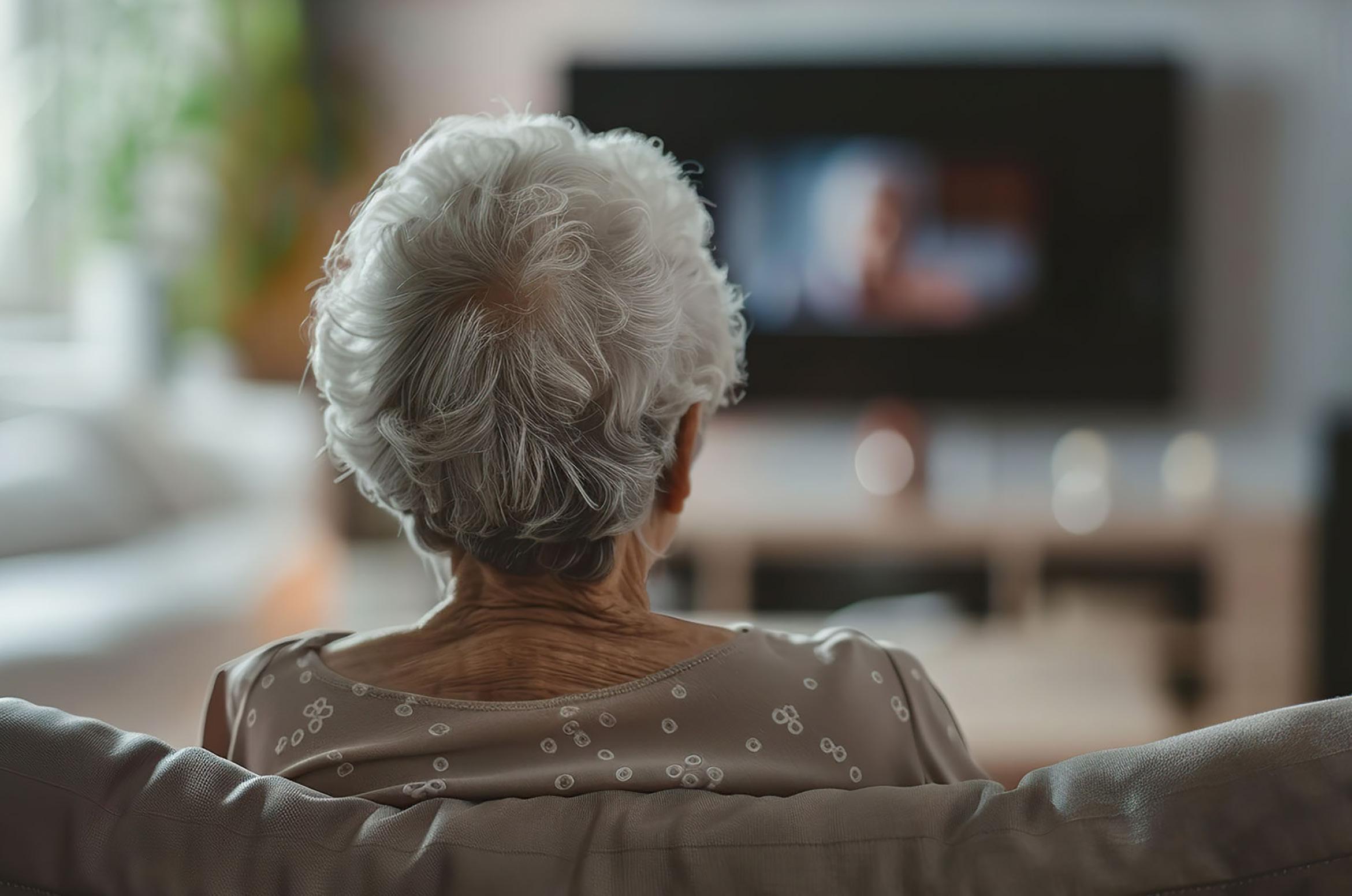
Remote caregiving, which was once a limited and creative solution to staffing shortages and long waitlists, is growing into a standard flexible model for delivering non-hands-on personal care.
Using secure video technology, certified caregivers assist clients with everyday tasks such as medication reminders, cueing for daily routines, and wellness checks. These services are provided remotely, offering peace of mind and continuity of care without someone entering the client’s home.
For many, remote caregiving is more than a convenience. It is a way to stay independent while accessing meaningful support.
Jin is one such client. Known for his independence, he was reluctant to accept in-home care despite struggling with medication management. When his case manager introduced remote caregiving, it was the solution he had been waiting for. With video-based support and scheduled check-ins, Jin maintains his comfort and autonomy while getting the help he needs. He said, “Sign me up. This is exactly what I was looking for.”
Remote caregiving expands client choice, bridges gaps in service, and enhances the overall system of care. It is not a substitute for in-person care but a powerful companion that reflects how support should evolve to meet each person’s needs.
For more information or to learn how to make a referral, please email RemoteCaregiving@dshs. wa.gov or visit the Remote Caregiving SharePoint.
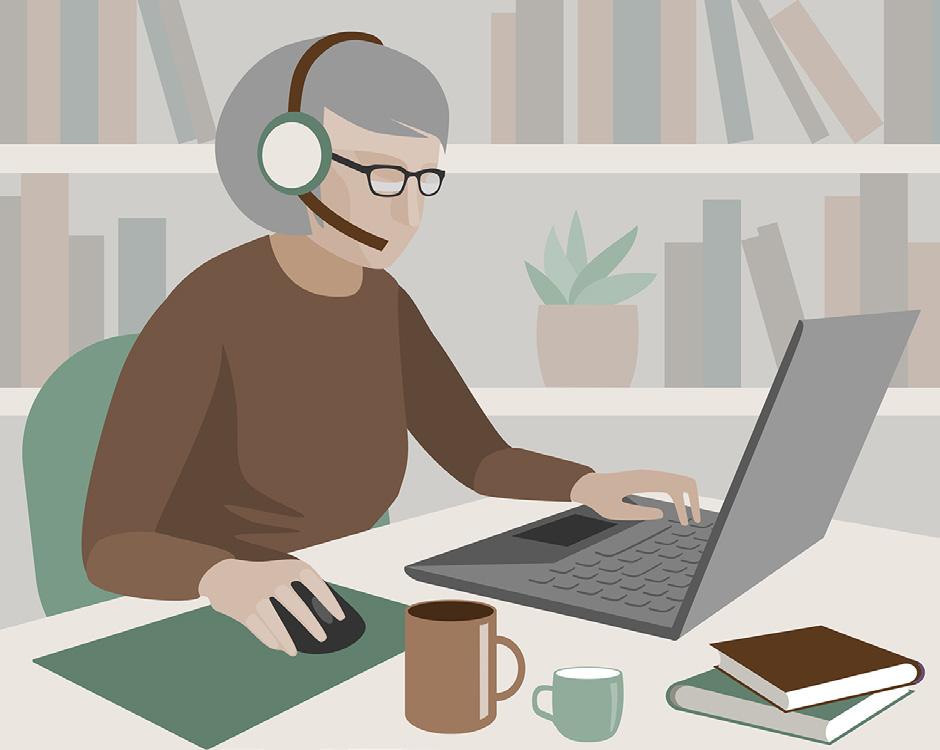
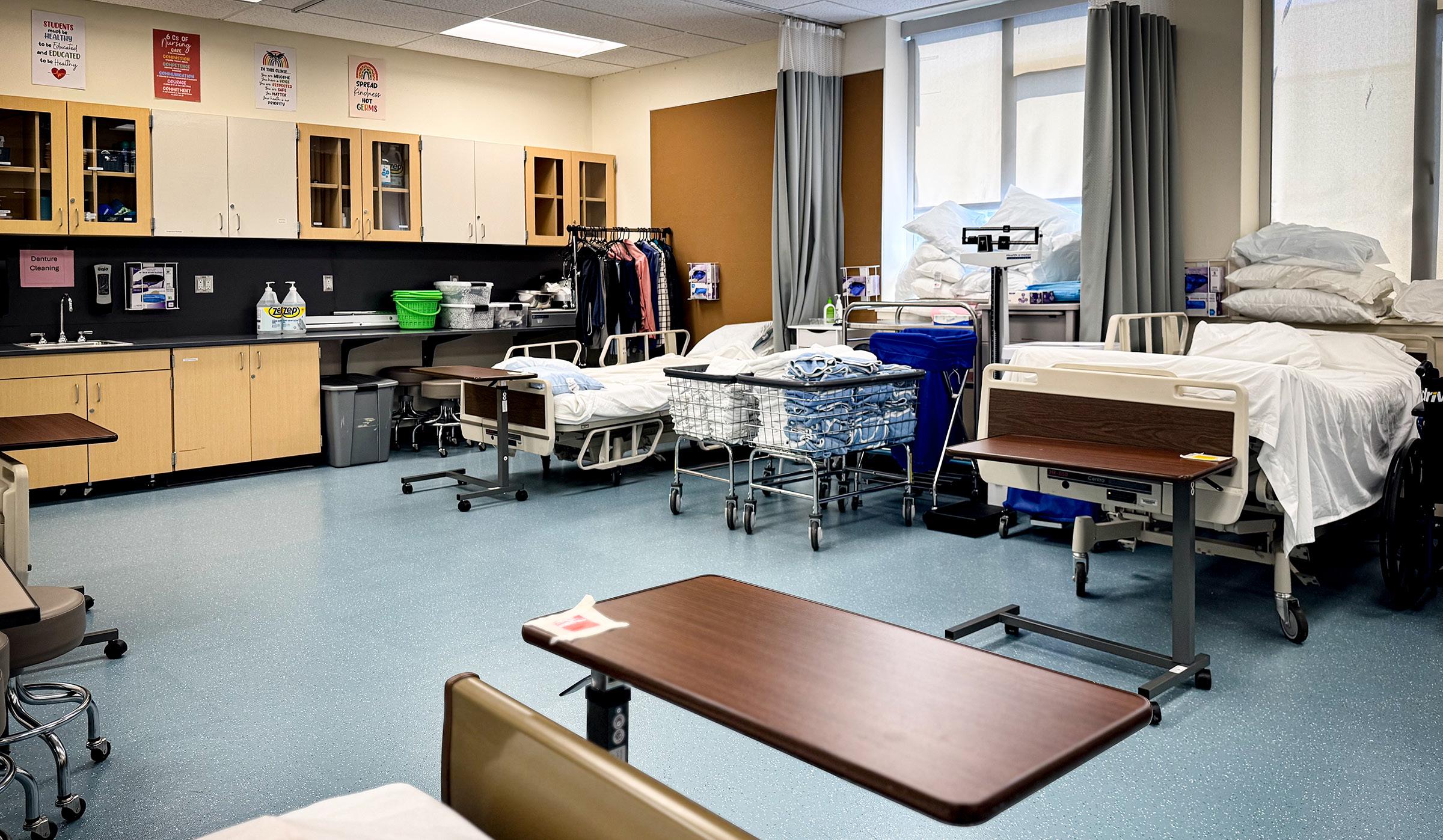
Across Washington, high school students are preparing for life after graduation. Some are aiming for college while others are ready to start meaningful careers.
At Everett High School, they can do both. Through the Career and Technical Education program, students train to become Home Care Aides and prepare for the certification exam.
To celebrate their progress and build stronger ties with local employers, Everett High School recently hosted an open house designed to increase connections between students and community care agencies. Students demonstrated skills, shared career goals, and spoke about their interest in caregiving. Some plan to pursue nursing, others are exploring healthcare careers, and many see caregiving as a meaningful way to get started.
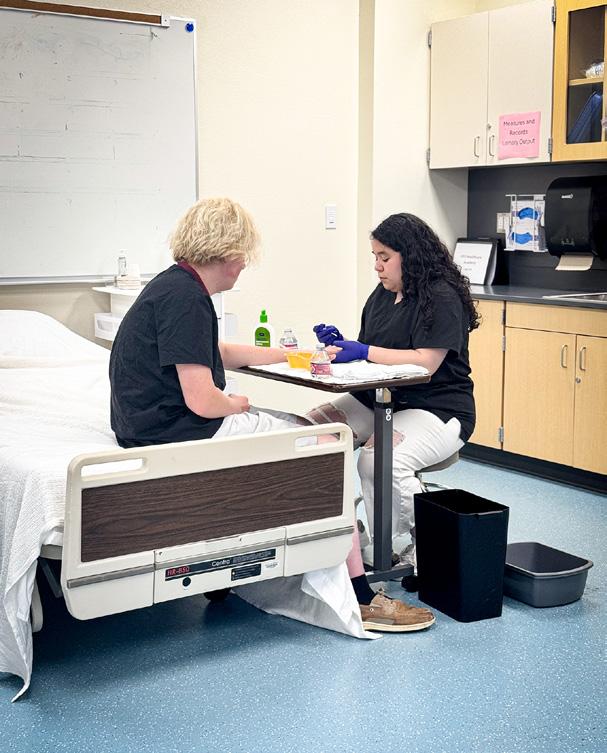
Three local home care agencies attended and were impressed by the students’ professionalism and training.
Many students brought résumés, ready to network and engage.
This event came together through collaboration between Everett High School, local home care agencies, and the HCLA Workforce Development Team. Team members Carly Seagren, Workforce Development High School Liaison, and Noami Spector, Long-Term Care Workforce Navigator, worked closely with school staff and home care agency employers to connect students with meaningful career opportunities, and to help develop a pipeline of employment opportunities to support the ongoing efforts of the High School Home Care Aide program. This model of collaboration will be used in other areas of Washington State where the HS HCA program is active.
Everett’s program is already proving successful. This year, 23 out of 27 students passed the HCA certification exam, demonstrating both the quality of the training and the dedication of the students.
Students who complete the training earn high school credit and can take the HCA certification exam. Once certified, they can begin working as caregivers across Washington as early as age 17, in some settings.
Everett High School remains committed to growing this program and helping students step into careers that serve their communities.

Amy Besel
ALTSA Senior Organizational Development Administrator
According to scholar, philosopher and researcher in Human Capacities, Jean Houston, “In the height of laughter, the universe is flung into a kaleidoscope of new possibilities.” We tend to see laughter as a break from life’s seriousness. But science shows us the act of embedding laughter in our day-to-day lives is where the magic happens.
Benefits of Laughing:
• Physical: Did you know, behind the scenes, your body treats laughter as a physiological event? It spikes your endorphins (decreases pain), lowers cortisol (the stress hormone), activates the vagus nerve (regulates digestion, heart rate and immune system), and resets your breath rhythm.
• Mental and Emotional: Laughter elevates mood, eases anxiety and tension, combats depression, increases resilience, changes perspective, and improves memory and cognitive functioning.
• Social: Laughing together strengthens relationships, builds trust and belonging, and is one of the best ways to build connection with others.
Making laughter part of your day: Science is clear about the benefits of laughter but how do you use this information? Get intentional about laughter!
• Start your day with something funny. Pair it with something else you do so you won’t forget like having your breakfast or coffee. Take in a short comedy clip, meme thread, or silly podcast.
• Keep a “laugh file.” Save texts, videos, or photos that reliably make you smile. Open it when things feel heavy.
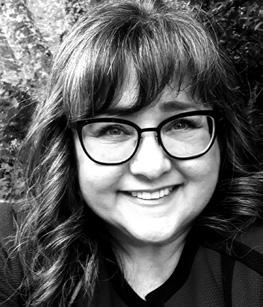
• Start a “So This Happened…” Journal. Use it exclusively to journal funny moments from your day or week. Or add it to a team meeting as an icebreaker. “Share something this week that made you laugh at yourself.”
• Use humor in micro-moments. Make up silly metaphors for your to-do list. Narrate your life like it’s a sitcom just for you.
• Prioritize connecting with people who make you laugh. Be intentional and set up check-ins with people who bring you joy!
• Explore laughing alone. Visit Laughing Alone Routines - American School Of Laughter Yoga
• Try Laughter Yoga. Join us for the August 13 session of “HCLA Thrives” Connection Café where we will learn more about this and give it a go!
Intentionally adding laughter into our lives can have a profound impact on our overall well-being, leading to a life that is happier, healthier, and more connected. In the words of Psychologist and Philosopher James Miller, “We don't laugh because we're happy, we're happy because we laugh.” So, let’s try to do more of that!
